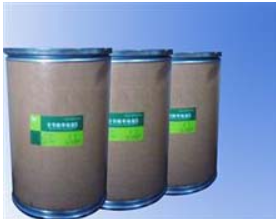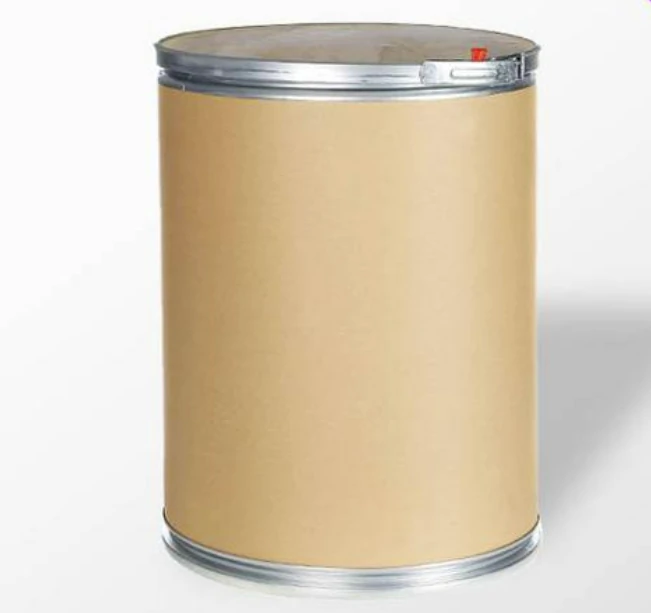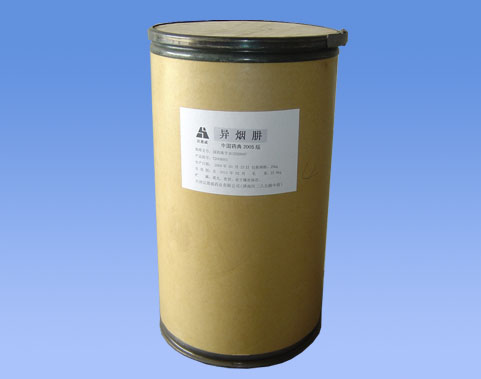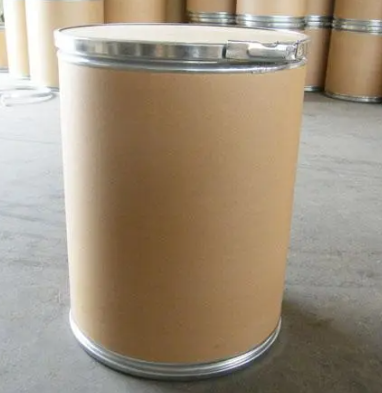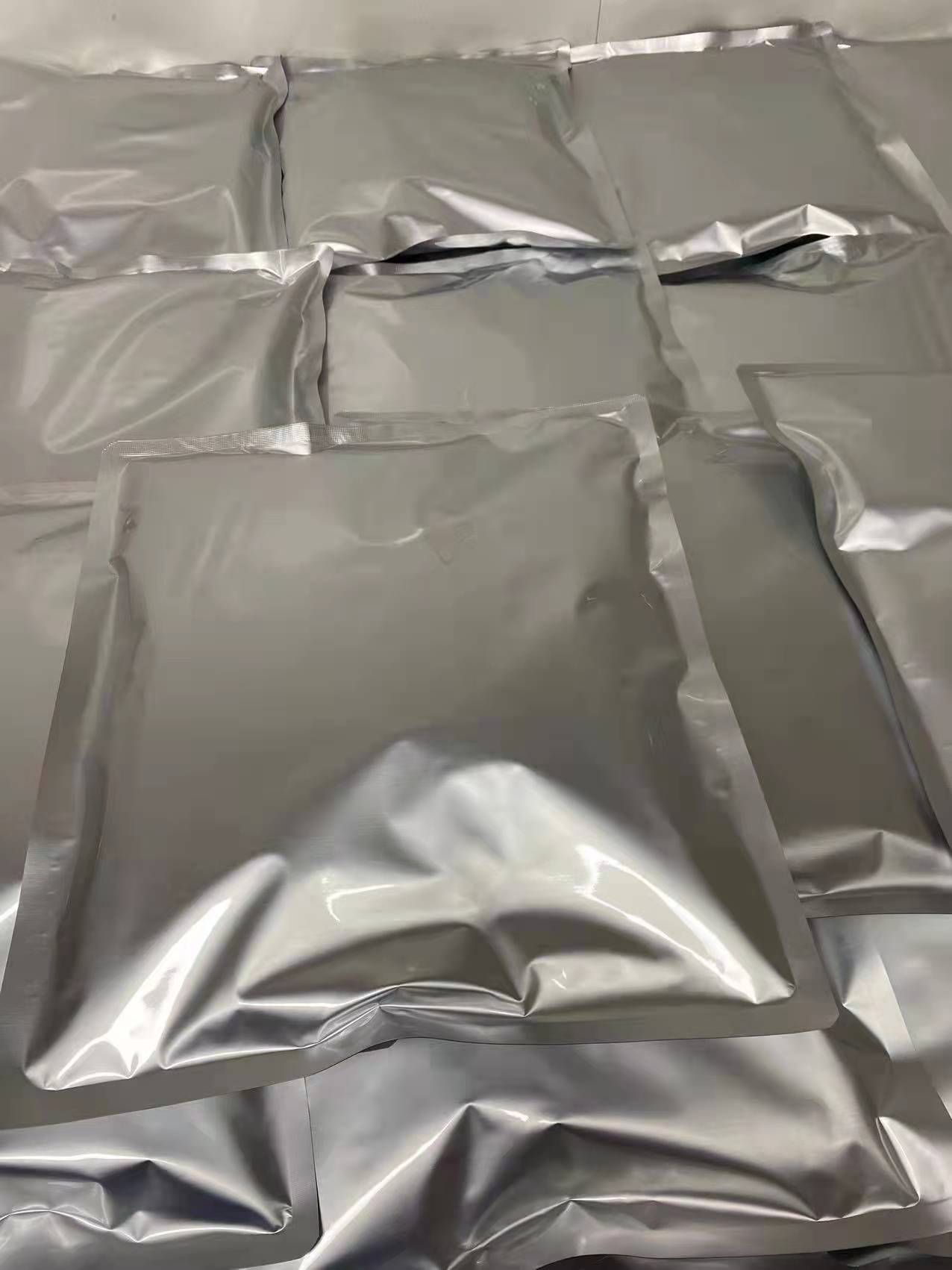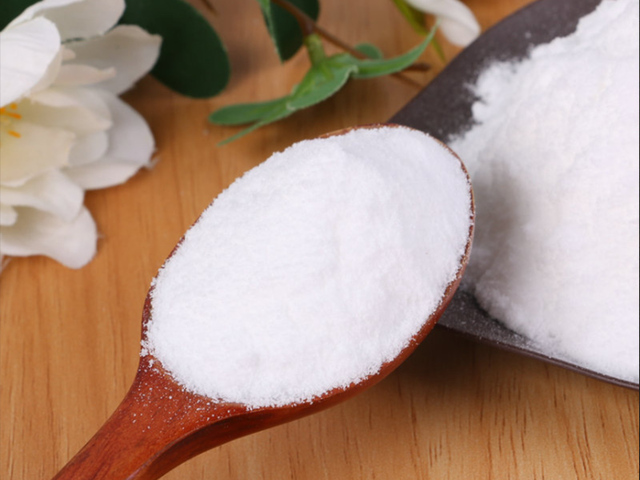CAS:53956-04-0
Molecular Formula:C42H68N2O16
Alias
More Information
Glycyrrhizin Ammonium; Glycyrrhiz; Glycamil; Glycyrrhizic Acid Ammonium Salt; Ammoniumglycynhizinato; Ammoniumglycyrrhizin; Ammonium Glycyrrhizate; Glycyrrhizic Acid Monoammonium Salt; Ammonium Glycyrrhizinate; Glycyrrhizin Monoammonium Salt Hydrate; Glycyrrhizic Acid,Nh4; Glycyrrhizic Acid Monoammonium Salt Hydrate; Ammoniumglycyrrhizate; Glycyrrhizicammonium; Monoammoniumglycyrrhizinate; Glycyrrhizic Acid Monoammonium Salt Trihydrate; Magnasweet; Ammoniate; Monoammonium Glycyrrhizinate Hydrate; Glycyrrhizate Monoammonium; Glycyrram; Monoammonium Glycyrrhinate S; MAG; mono Ammonium Glycyrrinate
Brief Introduction
Ammonium glycyrrhizinate has strong sweetness, and its sweetness is about 200 times that of sucrose. It can usually be used as a sweetener in food additives, such as canned meat, seasoning, candy, biscuits, cold fruits and beverages. Monoammonium glycyrrhizinate has a strong affinity for sterol metabolizing enzymes in the liver, which hinders the inactivation of cortisol and aldosterone. After use, it shows obvious corticosteroid like effects, such as anti-inflammatory effect, anti allergy and protective membrane structure; No obvious corticosteroid like side effects.
Suppliers
View More Vendors (2) >
Alias
More Information
Isonicotinohydrazide; Pyridine-4-Carboxylic Hydrazide; Isonicotinic Hydrazide; Rimifon; INH; Isoniazid/INH; Isonicotinylhydrazide; Pyridine-4-Carbohydrazide; Isonicotinic Acid Hydrazide; 4-Pyridinecarbohydrazide; 4-Pyridine-Carbonic Acid Hydrazide; 4-Pyridinecarboxylic Acid Hydrazide
Brief Introduction
Isoniazid is the most reliable and most commonly used medication for tuberculosis. Isoniazid therapy is often associated with minor, transient and asymptomatic elevations in serum aminotransferase levels but, more importantly, isoniazid is a well known cause of acute clinically apparent liver injury which can be severe and is sometimes fatal.
This product is an anti tuberculosis drug for various kinds of tuberculosis.
Suppliers
View More Vendors (2) >
Alias
More Information
Adaptinol; Lutein Ester; Xantofyl Palmitate; Aptinol; All-Trans-Dipalmitoyllutein; Lutein Bispalmitate; Lutein Esters; All-Trans-Lutein Dipalmitate; Dipalmitoyl-Lutein; All-Trans-Dpl; Helenien With Tlc; Heligal; Xanthophylldipalmitate; Helenien(Rg); (6'R)-Beta,.Epsilon.-Carotene-3(R),3'(R)-Diol Dipalmitate; .Beta.,.Epsilon.-Carotene-3,3-Diol, Dihexadecanoate, (3R,3R,6R)-; Beta-Carotene-4,4'-Diol Dipalmitate; (3R,3'R)-β,ε-Carotene-3,3'-Diol Dihexadecanoate; _|_; Dye; Dyestuff; food Colors; food Colours
Brief Introduction
Duxinju is a plant of the genus duxinju in Compositae. In addition to ornamental, duxinju can also be used as medicine. In the aspect of traditional Chinese medicine, the whole herb with flowers of duxinju is used as medicine to treat liver and kidney yin deficiency, dizziness, weak waist and knee, early white beard, rheumatoid arthritis and other diseases. Lutein ester is an important carotenoid fatty acid ester with dark reddish brown fine particles. Most lutein esters existing in nature can be divided into trans lutein esters and CIS lutein esters, which are basically all trans molecular configurations. All trans lutein esters can be divided into lutein monoester and lutein diester. It widely exists in Wanshou chrysanthemum, pumpkin, cabbage, shouzao and other plants. Among them, the content of Marigold is the most abundant, as high as 30% to 40%. In marigold and other plants, lutein generally exists in the form of ester combined with fatty acids (such as lauric acid, palmitic acid, etc.).
Suppliers
View More Vendors (2) >
CAS:57-88-5
Molecular Formula:C27H46O
Alias
More Information
6-Cholesten-3B-Ol; 5-Cholestan-3β-01; 5-Cholesten-3Beta-Ol; (3.Beta.)-Cholest-5-En-3-Ol; (3β)-Cholest-5-En-3-Ol; 3β-Hydroxycholest-5-Ene; 5,6-Cholesten-3Beta-Ol; Cholesterol Extrapure
Brief Introduction
Cholesterol is used as raw material and biochemical research for cephalin cholesterol flocculent test, vitamin D, hormone and other drugs. Use: used as biochemical reagent and emulsifier, preparation of artificial bezoar and hormone drugs, and also as emulsifier. Uses: used as emulsifier, chemical book as raw material of artificial bezoar, vitamin D, liquid crystal and synthetic hormone for biochemical research. It is an important raw material for hormone production and can be used as emulsifier; It is also used as a control. Uses: biochemical research, cephalin cholesterol flocculent test. Cholesterol is the main component of biofilm, and about 25% of total cephalin is cholesterol. Application: the main component of biofilm
Suppliers
View More Vendors (2) >
Alias
More Information
Xylose; (D)-Xylose; (+)-Xylose; 2,3,4,5-Tetrahydroxypentanal; Alpha-D-Xylopyranose; Beta-D-Xylopyranose; D-Xylopyranose
Brief Introduction
Purpose of this product:
1. Calorie free sweetener. For obese and diabetic patients. It is also used to prevent fat oxidation dosage, prepare brown raw materials and prepare pork and other spices through Maillard reaction. 2. Xylose has a high proliferation effect on bifidobacteria in human intestine. Eating xylose can improve human microbial environment. Improve the immune capacity of the body. The compatibility between xylose and food is very good. Adding a small amount of xylose to food can reflect a good health care effect. The simultaneous intake of xylose and calcium can improve the absorption rate and retention rate of calcium, and prevent constipation. 3. Used for preparing xylitol. 4. It can be used in spices and pet feed industry because of its obvious flavor enhancement effect. 5. It can be used in the production of food seasoning agent because it can efficiently cause Maillard reaction. 6. It can be used in food additives because of its obvious color enhancement effect.
Suppliers
View More Vendors (2) >
Inquiry (
10
/ 10
)
Clear All
Sign In
Error!

